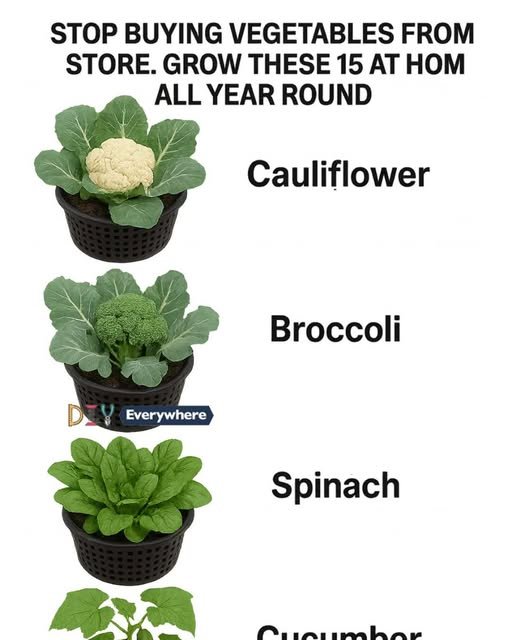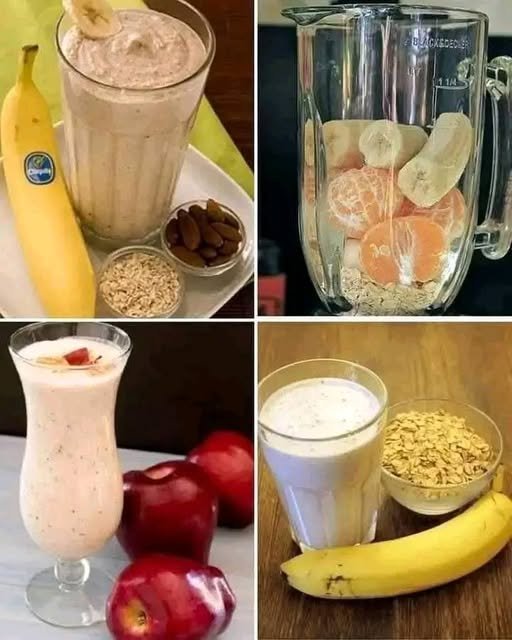Growing your own vegetables offers numerous benefits that extend beyond just having fresh produce at your fingertips. Firstly, it allows you to control what goes into your food, ensuring that no harmful pesticides or chemicals are used. Home gardening is also cost-effective, as the initial investment in seeds and supplies is often offset by the savings on grocery bills. Additionally, gardening can be a therapeutic activity that reduces stress and promotes physical activity. By growing your own vegetables, you contribute to a more sustainable lifestyle, reducing your carbon footprint by minimizing the need for transportation and packaging associated with store-bought produce.
Understanding the Basics of Home Gardening
Home gardening begins with understanding the essentials of plant care, including light, water, and soil requirements. Most vegetables need at least six hours of sunlight per day, so choosing a sunny spot is crucial. Watering needs vary by plant, but consistent moisture is generally important, especially for container gardening where soil can dry out quickly. Soil quality is another key factor; using a nutrient-rich potting mix can provide the necessary support for healthy plant growth. Additionally, understanding the growth cycle of each vegetable helps in planning and maintaining a productive garden.
Essential Tools and Materials for Indoor Vegetable Gardening
To start indoor vegetable gardening, you’ll need a few essential tools and materials. These include containers or pots with drainage holes, a high-quality potting mix, and seeds or seedlings of your chosen vegetables. A watering can or spray bottle is necessary for keeping the soil moist, while a trowel and gardening gloves will make planting and maintenance easier. Grow lights can be beneficial if natural sunlight is limited, and a small fan can help with air circulation to prevent mold and pests. Fertilizers and organic pest control solutions are also useful for maintaining plant health.
Choosing the Right Containers for Your Vegetables
Selecting the right containers is crucial for successful indoor gardening. Containers should have adequate drainage holes to prevent waterlogging, which can lead to root rot. The size of the container depends on the vegetable being grown; larger plants like tomatoes and cucumbers require bigger pots, while herbs and leafy greens can thrive in smaller ones. Materials like plastic, ceramic, or fabric pots are all suitable, but each has its pros and cons regarding weight, durability, and insulation. Consider using self-watering containers to simplify the watering process and ensure consistent moisture levels.
Top 10 Vegetables to Grow in Buckets and Laundry Baskets
Growing vegetables in buckets and laundry baskets is a practical solution for those with limited space. These containers are affordable, portable, and can accommodate a variety of vegetables. Here are the top 10 vegetables that thrive in such setups: cauliflower, broccoli, spinach, cucumber, tomatoes, peppers, lettuce, carrots, radishes, and herbs. Each of these vegetables has specific requirements but generally benefits from the controlled environment that containers provide, making them ideal for indoor gardening.
1. Cauliflower: How to Grow and Why It’s Ideal for Containers
Cauliflower is a cool-season crop that can be successfully grown in containers. It requires a pot that is at least 12 inches deep and wide to accommodate its root system. Cauliflower thrives in well-drained, nutrient-rich soil and needs consistent moisture. It’s important to keep the soil cool and to provide partial shade during the hottest part of the day. Regular feeding with a balanced fertilizer can promote healthy growth. Container gardening allows for easy temperature control, making it easier to grow cauliflower year-round.
2. Broccoli: Tips for Successful Container Cultivation
Broccoli is another cool-weather vegetable that does well in containers. Choose a pot that is at least 12 inches deep and wide. Broccoli needs full sun and regular watering to keep the soil consistently moist. Using a rich potting mix with good drainage is essential. Fertilize every few weeks with a balanced fertilizer to support its growth. Harvest the main head when it is firm and tight, and continue to enjoy smaller side shoots that develop afterward.
3. Spinach: Easy Steps to Grow This Nutrient-Rich Green
Spinach is a fast-growing leafy green that can be harvested multiple times throughout its growing season. It prefers cooler temperatures and can be grown in containers that are at least 6 inches deep. Spinach needs partial to full sunlight and regular watering. Plant seeds directly in the container and thin them out as they grow. Harvest leaves when they are young and tender for the best flavor. Spinach is rich in vitamins and minerals, making it a healthy addition to any meal.
4. Cucumber: Container Gardening for Crisp and Fresh Harvests
Cucumbers can be grown in containers with a depth of at least 12 inches. They require full sun and a trellis or support to climb. Use a light, well-draining potting mix and water consistently to keep the soil moist. Fertilize regularly to encourage fruit production. Choose bush varieties for smaller spaces, or train vining types to grow vertically. Harvest cucumbers when they are firm and green for the best taste.
5. Tomatoes: Juicy and Flavorful Varieties for Home Growing
Tomatoes are a popular choice for container gardening due to their versatility and flavor. Choose a large container, at least 18 inches deep, and use a cage or stake for support. Tomatoes need full sun and regular watering, especially during fruiting. A rich potting mix and regular feeding with a tomato-specific fertilizer will support healthy growth. Choose determinate varieties for smaller spaces or indeterminate types for continuous harvests throughout the season.
6. Peppers: Spicy and Sweet Options for Your Indoor Garden
Peppers, both sweet and spicy, thrive in containers. Use a pot that is at least 12 inches deep and wide. Peppers require full sun and consistent watering. A well-draining potting mix and regular feeding with a balanced fertilizer will promote healthy plants. Peppers can be harvested when they reach the desired size and color. Growing peppers indoors allows you to enjoy a variety of flavors and heat levels year-round.
7. Lettuce: Quick and Simple Ways to Grow Fresh Greens
Lettuce is an easy and quick-growing vegetable that can be harvested multiple times. It thrives in containers that are at least 6 inches deep. Lettuce prefers cooler temperatures and partial shade. Plant seeds directly in the container and thin them as they grow. Keep the soil consistently moist and harvest leaves as needed. Lettuce is perfect for salads and sandwiches, providing fresh greens at your convenience.
8. Carrots: How to Cultivate Crunchy Roots in Containers
Carrots can be grown in containers that are at least 12 inches deep to accommodate their long roots. Choose a loose, sandy potting mix to allow for easy root development. Carrots need full sun and regular watering. Thin seedlings to prevent overcrowding and ensure proper growth. Harvest carrots when they reach the desired size, and enjoy their sweet, crunchy flavor.
9. Radishes: Fast-Growing and Perfect for Small Spaces
Radishes are one of the fastest-growing vegetables, making them ideal for small spaces and containers. Use a pot that is at least 6 inches deep. Radishes prefer full sun and well-draining soil. Plant seeds directly in the container and thin them as they grow. Radishes can be harvested in as little as 3-4 weeks, providing a quick and spicy addition to salads and dishes.
10. Herbs: Enhance Your Dishes with Fresh Homegrown Flavors
Herbs such as basil, parsley, cilantro, and mint are perfect for container gardening. They require small pots and can be grown on windowsills or balconies. Herbs need full sun and regular watering. Harvest leaves regularly to encourage new growth. Growing herbs at home ensures a fresh supply to enhance your culinary creations with vibrant flavors.
Understanding Seasonal Planting and Harvesting
Understanding the seasons is crucial for successful vegetable gardening. Some vegetables thrive in cooler weather, while others need the warmth of summer. By knowing the optimal planting and harvesting times, you can plan your garden to ensure a continuous supply of fresh produce. Indoor gardening allows for more flexibility, as you can control the environment to extend growing seasons and experiment with different planting schedules.
Troubleshooting Common Indoor Gardening Challenges
Indoor gardening comes with its own set of challenges, such as limited light, pests, and humidity issues. To overcome these, use grow lights to supplement natural sunlight, and ensure proper ventilation to prevent mold and mildew. Regularly inspect plants for signs of pests and use organic solutions to manage infestations. Adjust watering schedules to maintain the right moisture levels, and use fans to improve air circulation.
Maximizing Yield: Tips for Year-Round Vegetable Production
To maximize yield, practice succession planting by sowing new seeds as soon as a crop is harvested. Rotate crops to prevent soil depletion and reduce pest buildup. Use vertical gardening techniques to increase space efficiency and grow more plants. Regularly prune and harvest to encourage continuous growth. By maintaining optimal growing conditions and using efficient gardening practices, you can enjoy a bountiful harvest all year round.
Conclusion: Embrace the Joy of Homegrown Vegetables
Growing your own vegetables at home is a rewarding experience that offers fresh, healthy produce and a sense of accomplishment. It allows you to connect with nature and enjoy the fruits of your labor. Whether you have a small balcony or a spacious backyard, indoor gardening provides an opportunity to cultivate a variety of vegetables and herbs. Embrace the joy of homegrown vegetables and enjoy the benefits of a sustainable and fulfilling lifestyle.



